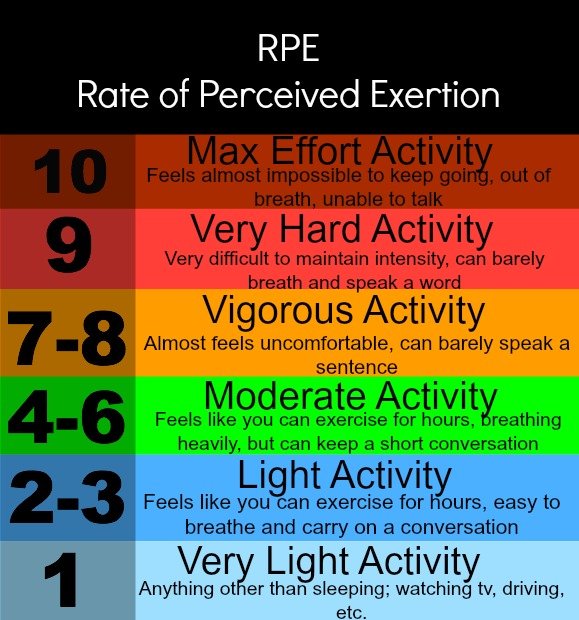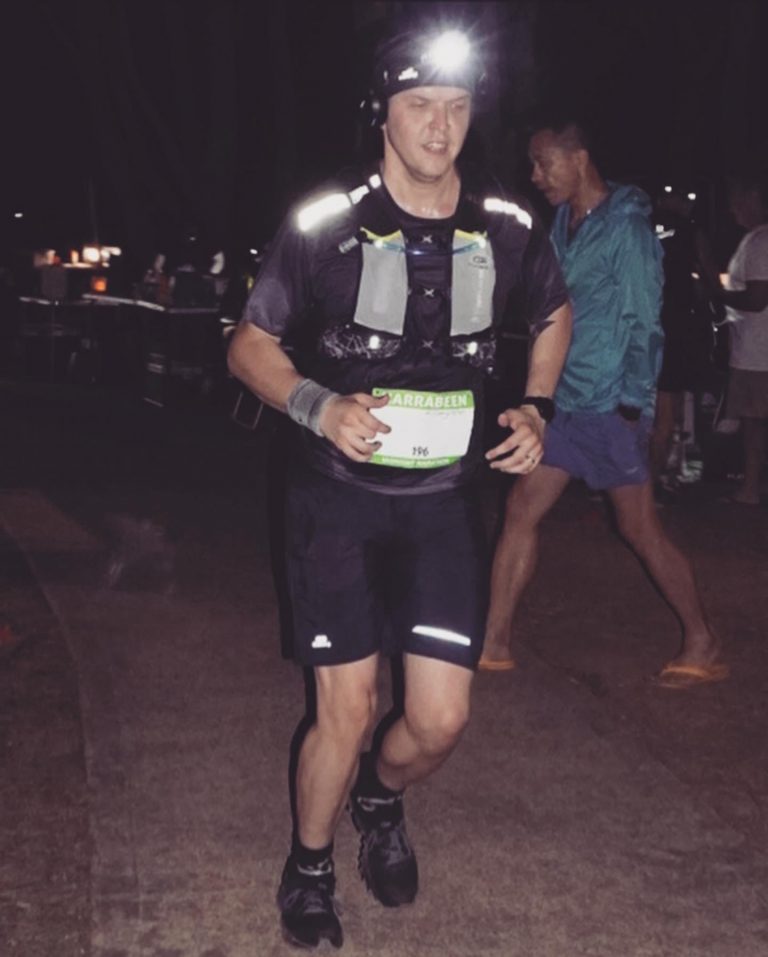Introduction
Beginner runners tend to forgo the importance of keeping a steady heart rate. I definitely was one to run as fast and as much as I can, thinking that this was the way to push yourself to get better and better. Most beginner runners won’t realize how important it is to have easy runs or to keep a slow pace and gradually speed up.
The heart rate is measured by beats per minute. This increases as you do cardio, which is why we usually start panting when we run. We typically think of increased heart rates and gasping for air as an indicator that you’re doing a great workout. However, when this panting gets too much, you have to take a step back and realize that you might be doing more harm than good.
Your heart rate increases to accommodate the amount of oxygen that you need in order to continue your aerobic exercise. With the continuous and quick pumping of blood brings oxygen and other nutrients to different parts of your body. (Increasing this if you’re interested, is done by improving your Vo2 Max).
Usually, having a lower resting heart rate is an indicator of good health. Higher heart rates might induce lower energy levels, low physical fitness, chest pain, and low blood pressure, among others. Among some of the factors affecting heart rate is your fitness level, which is why runners usually have a lower RHR (Resting heart rate) than those who do not regularly exercise.
Ideal Heart Rate
Determining your ideal heart rate while exercising is actually quite easy. All you have to do is take your age and subtract it from 220. This is your maximum heart rate (MHR). While running, aim to get to 50 to 85 percent of this. Any lower might mean you’re not pushing yourself hard enough.
Of course, this is merely a guide, and different formulas are out there to estimate your MHR. This varies from person to person, depending on a lot of factors. Always consult with your healthcare physician before making any drastic adjustments to training.
Factors Affecting Heart Rate
According to Healthline, some of the factors that influence the average heart rate are the following:
- Age: as you grow older, your resting heart rate lowers along with your maximum heart rate, preventing you from doing strenuous exercises
- Fitness level: the fitter you are, the lower your resting heart rate usually is
- Air temperature: more humid environments and hotter weather may raise the heart rate
- Medication use: using certain medications called beta-blockers that prevent stress hormones from affecting the heart might lower your resting heart rate. On the other hand, thyroid medication in high doses might raise it.
- Stress
Heart Rate Training
Basing your training off of your heart rate has a lot of benefits, especially if you want to endure long races without hyperventilating (Breathing heavily, and continuously). By monitoring your heart rate, you are able to pinpoint precisely at which paces you overwork yourself and which paces are too slow for you.
Healthline defines 5 zones:
- Zone 1: 50-60 percent of MHR (Maximum Heart Rate)
- Zone 2: 60-70 percent of MHR
- Zone 3: 70-80 percent of MHR
- Zone 4: 80-90 percent of MHR
- Zone 5: 90-100 percent of MHR
Polar, however, defines zones this in a different way, using only 3 zones. These are the aerobic system (50-70 percent of MHR) or zone 1 and 2, the lactic threshold system (70-80 percent of MHR) or zone 3, and the anaerobic system (80-95 percent of MHR) or zone 4 and 5.
During the aerobic system, your body uses fat to create energy during your runs. It is said to be slower than the other methods. Due to the lack of lactic acid, though, you won’t feel much pain in your muscles. Thus, it’s quite easy to stay in this zone for a while. Go with this on your easy runs!
The lactic threshold system is a different story. While it still uses fat for energy, it also uses carbohydrates to keep up with your quickening pace, which creates a byproduct of lactic acid. Although the byproduct is gone as quickly as it came, this starts giving you muscle pain, but not as much as the anaerobic system.
The anaerobic system is the fastest system, using mainly carbohydrates as your source of energy. During your high-intensity runs, your body does not have time to clear the lactic acid.
The goal of heart rate training is to keep your heart rate low even as you start gradually increasing your pace. Triathletes use this method to keep their endurance up without sacrificing their heart health. In particular, Dr. Phil Maffetone has created a low heart-rate training plan that requires a lot of patience.
He says you must train first at 180 minus your age bpm. The slow speed might surprise you, and quickening your pace even a little will spike your heart rate, but as you continue this training, you’ll find that your heart rate will come back to this low bpm even as you speed up.
A lot of modifications to the formula are also included in this heart rate training plan, such as subtracting 10 if you are recovering from an injury or scrapping the method altogether if you are 16 or younger.
To learn more about Dr. Phil Maffetone’s opinions regarding low heart rate training, watch an interview video here:
Seth James DeMoor, a runner and YouTuber, has shared his experience with this training here:
Measuring Heart Rate
Measuring your heart rate ranges through a ton of measuring tools, from the more technical tools to use your own hands. I’ve included some of the alternatives to using the more expensive tools so that you can do it on your own without the hassle (and without having to spend a cent!).
Heart Rate Monitor
A no-brainer to determining your resting heart rate and your maximum heart rate is by using a heart rate monitor, both while resting and while exercising. The best way to determine your resting heart rate would be when you’re relaxed. The most optimal time would be right when you wake up in the morning and still lying in bed.
Determining your maximum heart rate is much more complicated and much less relaxing, though. Put on that heart rate monitor as you’re exercising and start warming up. For runners, this means that you should start jogging.
Then, in intervals, run fast for 2 to 3 minutes, resting for a minute between intervals. Each running interval must be faster and harder than the last. Do this for two intervals, then on the third, run as fast and as hard as you can.
Check your heart rate during and after this interval. The highest number would be your maximum heart rate. This will help you determine how if you’re pushing yourself enough during your workouts.
Sports And Fitness Watches
Sports watches usually have built-in heart rate monitors, so the process is the same. However, you must also be wary of the accuracy of these sport watches, as heart rate monitors are definitely the most accurate tools. Research has found that sports watches get less and less reliable as you run faster.
Talk Test
The talk test is done by checking how much you can talk while exercising (or in this case, running). Speaking in full sentences means you are in the aerobic zone, around 50-70 percent of your MHR. Getting a few words out means you are in the lactic threshold zone (70-80 percent of MHR).
Being able to get only 1 or two words out means you are in the anaerobic zone (80-95 percent of MHR), at which point you must be careful not to overwork yourself. If you start to hyperventilate or feel light-headed, try slowing down.
Here’s an example that you can go by for a general baseline:

Pulse
Another way to check your heart rate is to check your pulse. Your doctor might even do this for you, so you know it’s quite a reliable way to determine your resting heart rate. You must take into account human error, though.
Put your index and middle finger on your neck under your jaw. Get a timer ready, and, when you start the timer, count the beats you feel on your fingers up to 1 minute. You can also count to 30 seconds and multiply the number by 2. That would be your resting heart rate in beats per minute.
What To Do When Your Heart Rate Is Too High When Training
It’s quite simple to make adjustments while training. If you find that you’re starting to have a hard time catching up with your breath, it’s time to slow down or even start walking.
Don’t give in to the pressure of running too fast and too hard for too long, especially if you’re with your training buddies. Listening to your body will benefit you in the long run by reducing fatigue and letting your body recover.
The middle of a race is much more complicated, though, as the pressure is on to do well. When I was a beginner runner, I’d find that, during my 5K’s, I would suddenly feel this urge to slow down due to the heavy breaths that I couldn’t quite catch up with. This would lead to an unsatisfying run, and I’d go home more fatigued than ever.
The best way to prevent this is to prepare. Get a heart rate monitor and check the optimal pace for your races, especially if you’re going for a marathon. During the race, you must be aware of your body and your breath. Don’t let it get to the point of no return! Make minor adjustments always, and make sure you aren’t reaching for the stars too early into the race.
Conclusion
Heart rate training might be something overlooked by many, but you don’t have to make that mistake. Aside from this article, you can read around about the training that would most suit your goals, especially regarding races. If you’re interested in low heart rate training, I recommend Dr. Phil Maffetone’s books and articles, particularly the 180 formula.
Overall, training without research proves to be not only inefficient in terms of performance but also dangerous to your health. Keep reading on about how to run more efficiently, and crush those miles!
Sources:
https://www.polar.com/blog/running-heart-rate-too-high/
https://www.runandbecome.com/running-training-advice/low-heart-rate-training
https://www.runnersworld.com/training/a20823643/runners-learn-how-to-use-your-heart-rate-monitor/

Marko Rakic is a trail runner and fitness enthusiast from Sydney, Australia. He is the lead writer for The Ultimate Primate and believes the best way to live a happy life is through constantly challenging yourself.
